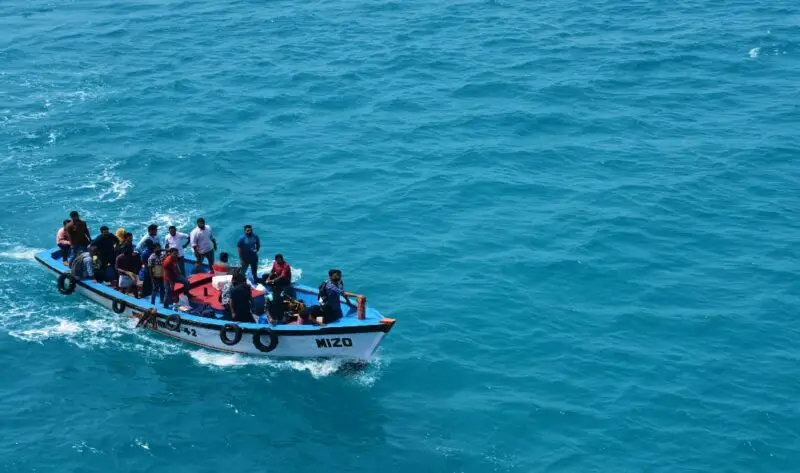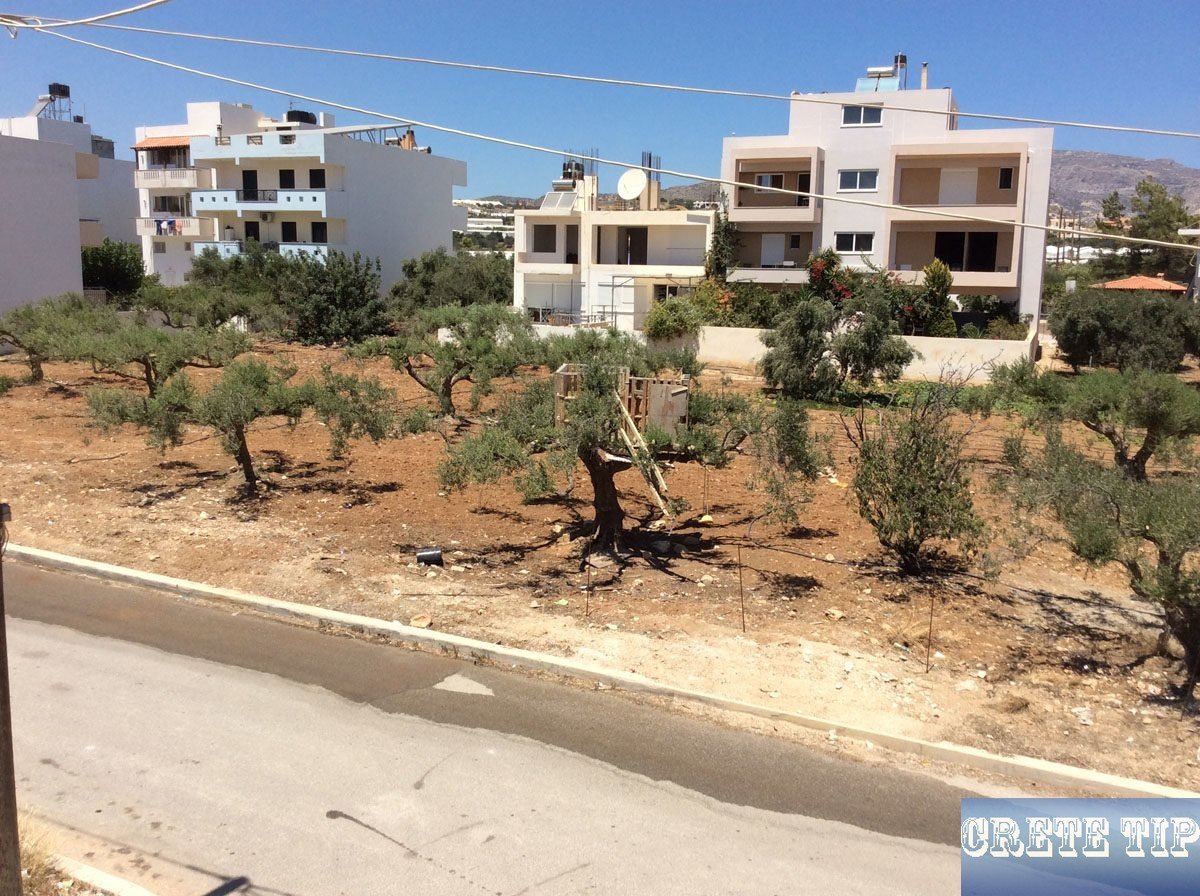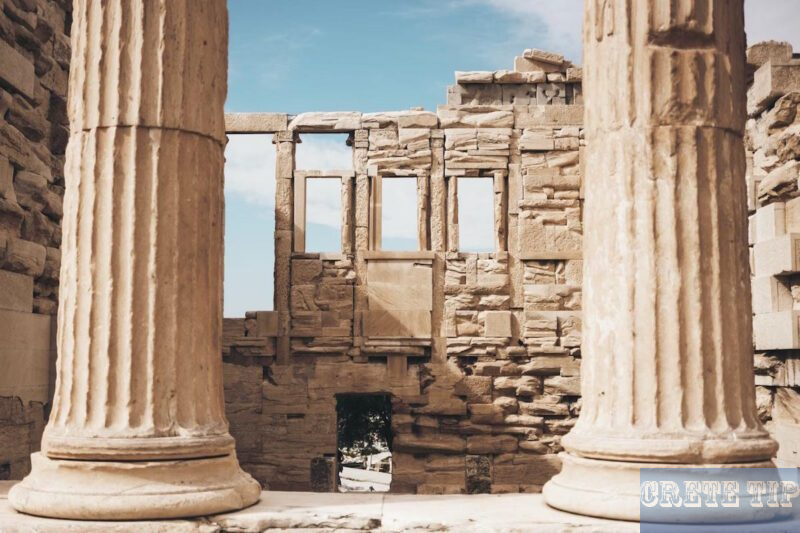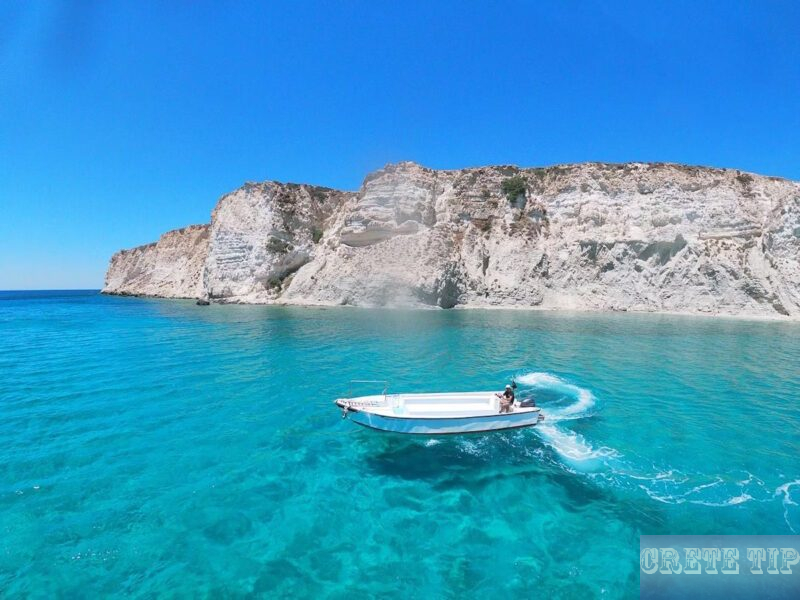When the weather is nice, large boats carrying hundreds of migrants arrive in Crete, while the Greek government appears to have no plan and local mayors are unwilling to take action.
The migration problem is growing
The situation with migration flows in southern Crete is getting tougher to handle. Large groups keep showing up, with recent operations seeing hundreds of migrants landing near Heraklion and Gavdos.
Authorities are feeling the pressure as numbers keep creeping up, especially with the weather turning. It’s not slowing down anytime soon.
Local officials are scrambling for solutions to this humanitarian mess. The increasing arrivals make it clear: there’s just not enough accommodation to go around.
The strain on both the system and the people living here is hard to ignore. For more details, check out the ongoing coverage on migrant flows in southern Crete.
And what happens now?
The rising number of migrants hitting Crete this summer is a real headache. With good weather, boats are no longer carrying 40 or 80 people—they’re packed with over 300.
Where do you even put that many people, even for a night, before moving them off the island? That’s the big question.
Right now, a lot of them end up in the old refrigerator warehouse at Heraklion port. It’s honestly not a place for people to stay.
No real washing stations, barely any space, and once you have more than 120 or so inside, it’s just a mess. The conditions are cramped and, frankly, kind of grim.
Coast Guard officials have been practically begging for better arrangements and some kind of humane temporary solution. But so far, nothing meaningful has happened.
Summer’s only going to make things worse, with arrivals expected to spike. The system is stretched thin.
On top of all this, there’s the toll on Coast Guard staff. They’re being sent out to deal with overloaded, barely seaworthy fishing boats, and it’s taking a mental toll.
The tragedy at Pylos still weighs on everyone. You can sense the anxiety every time they’re called out to another boat packed with desperate people.
Issue |
Details |
|---|---|
Increased arrivals |
Migrant boats now carrying over 300 people instead of 40-80. |
Temporary housing shortage |
Former refrigerator warehouse at Heraklion port is overcrowded and lacks basic hygiene. |
Lack of action |
No substantial measures have been taken despite urgent requests from Coast Guard staff. |
Psychological strain |
Rescuers face stress from risky operations and trauma related to past tragedies. |
Key questions now include:
- How can authorities ensure safe, dignified temporary accommodation for growing numbers of migrants on Crete?
- What resources are necessary to improve conditions immediately?
- How will the psychological health of Coast Guard personnel be supported?
The summer season demands urgent answers. Without prompt intervention, overcrowding and poor conditions will continue, raising humanitarian concerns and operational burdens.
Those involved in managing the crisis on Crete face difficult choices. The balance between emergency response, care for migrants, and protection of staff well-being is critical.
The Immigration Problem, the Confused Government, and the Reluctant Mayors

The migration flows to Crete in the first five months of 2025 jumped by 174% compared to the same period in 2024, at least according to Minister of Migration and Asylum, Makis Voridis. But if you ask the Coast Guard folks on the ground, they’ll tell you the real increase could be even higher—maybe over 300%.
That’s a massive shift, with migration routes now veering away from the Aegean islands and pointing straight at Crete. June 2025 has brought daily incidents; it’s almost become routine.
The Greek government’s got its hands full. For starters, the Coast Guard is stretched thin and there’s a serious lack of temporary spaces for incoming migrants and refugees.
- Strengthening the Coast Guard, which remains understaffed.
- Addressing the severe shortage of temporary accommodation spaces for migrants and refugees.
Official responses have been all over the place. In recent years, statements have swung from promising two temporary hosting centres, to one, to none at all.
- Two temporary hosting centres in Crete.
- One hosting centre.
- No new centres at all.
Responsibility for finding locations has bounced around, too. Sometimes mayors are told to suggest sites, then the government says they’ll handle it, then suddenly it’s not a priority after all. It’s honestly hard to keep track.
Key Issues:
Issue |
Description |
|---|---|
Dramatic Increase in Arrivals |
Between 174% and possibly over 300% rise in migration flows. |
Understaffed Coast Guard |
Limited resources reduce capacity to manage growing arrivals. |
Lack of Temporary Accommodation |
Inadequate facilities force people into unsuitable spaces. |
Mixed Government Messages |
Contradictory statements create confusion over responsibility. |
Reluctant Local Officials |
Mayors hesitant to identify hosting sites due to political costs. |
There’s an urgent need for clear, straightforward policies that actually put people’s dignity first. With thousands more expected this summer, it’s the bare minimum to offer a few hours’ shelter in proper, humane facilities.
Challenges for Mayors
It’s tough to blame local mayors for being hesitant. The political blowback from their communities is real, and most would rather avoid it.
Still, when they refuse to step up, it just piles more pressure on the central government and makes the response even shakier. If things keep going this way, municipalities might get stuck with the job of finding accommodation on their own, political fallout and all.
Pretending that’s not the case won’t help anyone. Someone’s got to make a move—soon.
Summary of Complications
- Government hesitancy leads to delays in establishing necessary infrastructure.
- Mayoral reluctance risks dispersing responsibility without solutions.
- Increasing arrivals demand immediate, coordinated action.
- Under-resourced agencies struggle to maintain control and safety.
There’s this ongoing indecision, and honestly, it just shows how the political landscape isn’t ready for these sudden spikes in migration.
When peak months hit, pressure ramps up fast. Without clear answers, both migrants and island communities are left in a tough spot.
For further insights see the coverage on the immigration issue in Crete.





